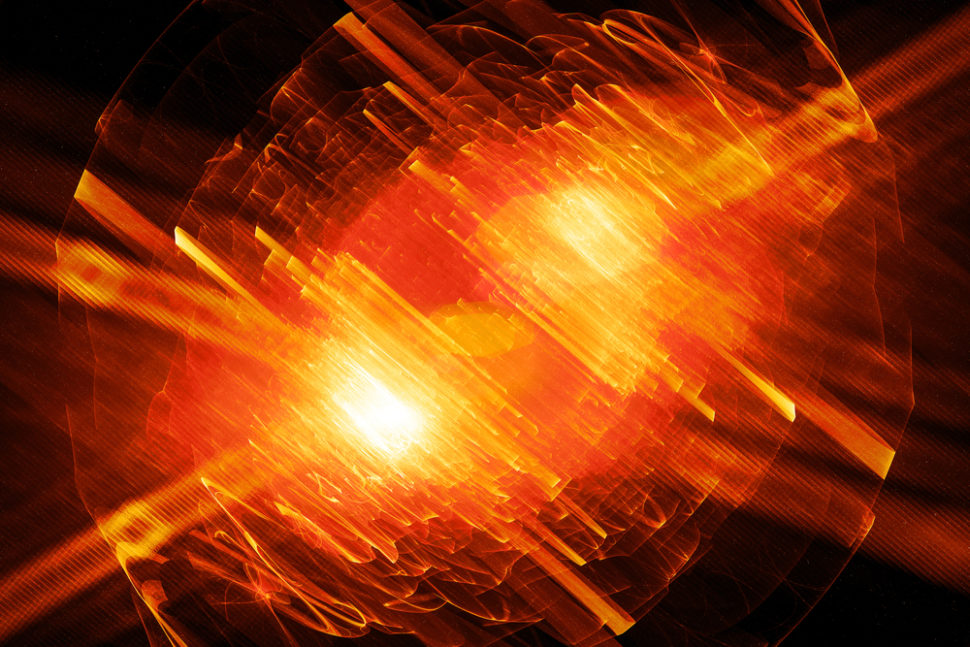A research team just proved that quantumly entangled elements could exist in a ternary quantum state. We are therefore talking about “qutrits” rather than “qubits”.
Measurements in quantum mechanics play a critical role because they allow us to explore the characteristics of quantum phenomena.
If we follow binary logic, measurements within any system could be either true or false, and can’t take any other truth value.
In ternary logic, however, we could end up with three truth values. Instead of just true and false, we’d also have an undetermined third value — a ternary quantum state.
Scientists have predicted for a long time that correlations between entangled objects within quantum systems follow three-valued logics, but they were unable to prove it, until now.
An international research team has, for the first time, observed and experimentally proved a ternary quantum state between quantumly entangled objects, opening the way to expand the quantum theory.
Quantum Measurements Could be True, False, or Something in Between
As reported by Phys.org, the research group have confirmed past predictions and showed that quantum measurements can, instead of just two, have three possible outcomes.
“We discovered and experimentally verified the existence of genuine ternary measurements,” said one of the research team. “The experimental conclusions are independent of any underlying theory and establish that ternary measurements are a generic feature of nature.”
For their experiment, physicists worked on a pair of entangled photons that, instead of two states (0 and 1), have three possible states – this makes them qutrits, rather than simple qubits.
A qutrit exists as a superposition of three quantum states (0, 1, and 2).
Researchers then separated the entangled photon qutrits and sent each to a different place to measure their states and identify existing correlations between the pair.
They concluded that the quantum measurement “is genuinely ternary” with three possible quantum states simultaneously available for the measurement process.
“Now that we have established the theoretical tools and the experimental methods to understand and create ternary correlations, we aim to proceed in two directions,” co-author of the study said. “First, we hope for technological applications (for example, in randomness extraction) and second, we are now using our results as a new basis for a deeper understanding of quantum theory.”
The paper is available here at Physical Review Letters.



















Comments (0)
Most Recent